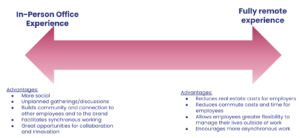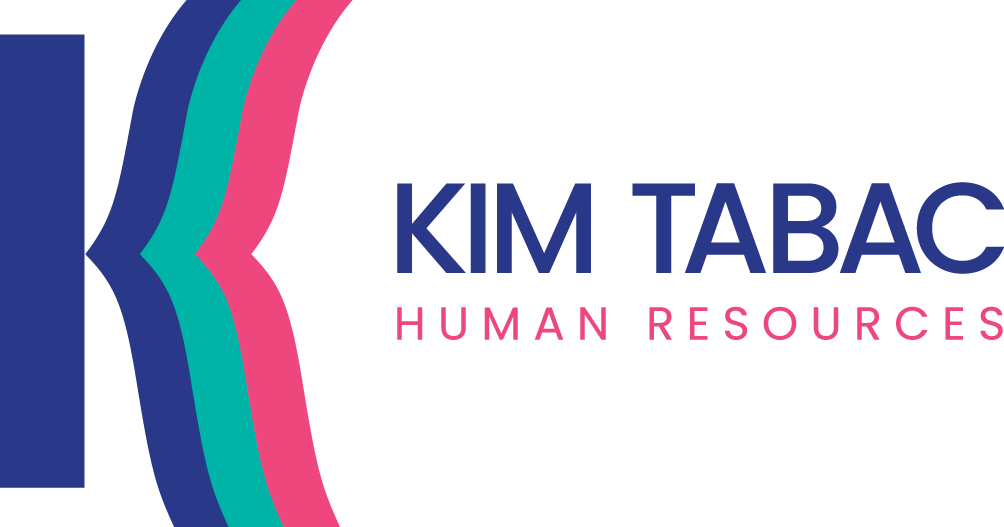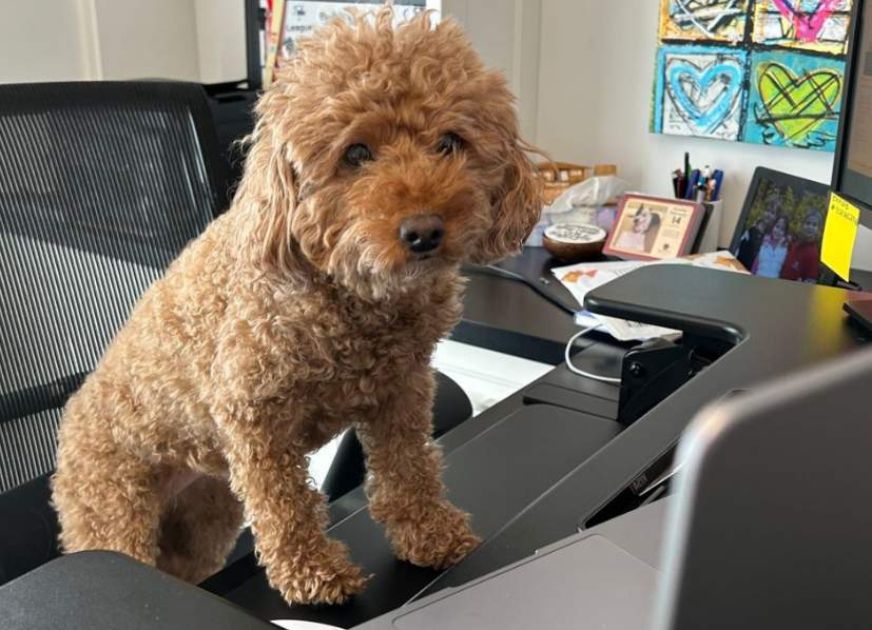Modern Workplaces: A Work In Progress
In March 2020 when office employees were sent home to work, an unplanned workplace experiment began. Traditional working norms like: professional dress code, defined hours of work, and the need for in-person business meetings were all challenged in an instant. Balancing personal responsibilities around a work schedule, long commutes, and the costs associated with transportation were eliminated entirely.
When organizations started calling employees back to the office in 2021, the trend of the “great resignation” and “quiet quitting” became headline news. Surviving a global pandemic caused many employees to reflect on what really matters in their lives, on the type of work they want to do, and how they want to do it.
“Modern” workplace standards are over 200 years old
The history of the workplace norms, standards and widely accepted practices that govern our modern working lives were established over two centuries ago, at a time when we could never have imagined the impact that modern technology like the cell phone, computer and internet would have on our way of communicating, and connecting us to the rest of the word.
The nine-to-five workday was invented by American labor unions in the 1800s and went mainstream in the 1920s when it was adopted by Henry Ford. It became the workplace standard under the Fair Labor Standards Act in 1938 as a way of trying to curb the exploitation of factory workers in the US. The first modern office building was opened in 1726 and became popularized in the mid 20th century as a means to improve productivity by providing employees with access to electric lighting and technology like the typewriter and calculator. These norms, and others, have rarely been challenged over the decades, until now…
Workplace norms are overdue for a refresh
After spending more than two years working successfully in a variety of non-traditional ways and locations, some employees are gleefully returning to the social atmosphere of the office and resuming their friendships and workplace routines, others are refusing to readopt to the workplace standards that once ruled their lives.

Now that the traditional workplace has been challenged and tested over the last several years, a critical review of the standards that govern the workplace are long overdue and employees are demanding a refresh.
While some companies may find that they are most productive and innovative when all employees are gathered in one location, others are taking advantage of the unique opportunity to leverage top remote and international talent “where they are. “ that was previously inaccessible to them.
One thing is for certain, in today’s world of work, the “one-size-fits-all” traditional workplace is a thing of the past. By applying all of the lessons learned during the pandemic when the traditional workplace standards and norms were challenged, companies are re-imagining the workplace of tomorrow to find the right balance between the new evolution of employee wants/needs and delivering on company goals. Those who invest to find the winning balance will be rewarded with highly engaged and innovative employees who are delivering their very best work everyday.

